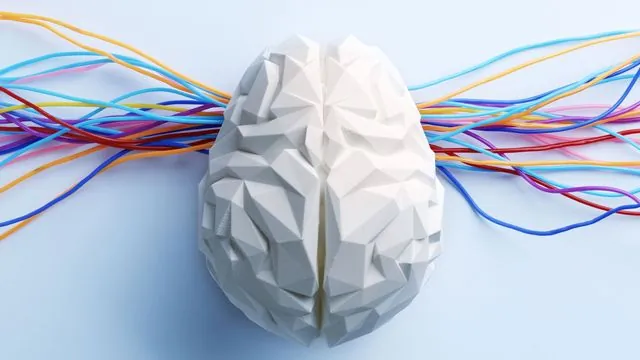
Unlocking the Secrets of Glioblastoma: How DNA Structure is the Key to Curing Brain Cancer
2025-04-22
Author: Rajesh
Revolutionizing the Fight Against Glioblastoma
Imagine unraveling the complexities of one of the most lethal brain cancers—glioblastoma—by simply examining the way DNA folds inside the nucleus of brain cells. A groundbreaking study from Weill Cornell Medicine hints at this transformative approach, revealing that it's not just about genetic mutations, but rather about the three-dimensional arrangement of our DNA!
The Urgency Behind the Research
Dr. Effie Apostolou, a molecular biology expert at Weill Cornell and co-leader of the study, emphasizes the dire need for new strategies against glioblastoma—a notoriously aggressive and often untreatable tumor. Despite extensive knowledge about its genetic mutations, effective treatments remain elusive. This fresh angle may finally lead to identifying regulatory control centers that can be targeted to halt its progression.
Understanding DNA's 3D Architecture
The human genome, when stretched out, measures nearly six feet yet must fit into a nucleus smaller than a grain of sand. This tight squeeze necessitates intricate folding, allowing distant genetic regions to interact. Dr. Apostolou notes that the study uncovered hubs where seemingly unrelated genes actually collaborate—a critical aspect of the DNA’s 3D structure.
Tumors’ Hidden Network
In healthy tissue, these genetic hubs coordinate essential functions like development. However, in glioblastoma cells, the picture flips: cancer-fueling genes cluster together and engage with other genes not typically associated with the cancer. Dr. Howard Fine, co-leader of the study and head of the Brain Tumor Center at NewYork-Presbyterian, states that the spatial organization of DNA can influence tumor behavior even more than genetic mutations.
Altering the Oncogenic Program
The researchers explored what would happen if they silenced a suspected cancer-related hub using a cutting-edge gene-editing technique called CRISPR interference. The results were staggering—shutting down these hubs not only diminished the activity of multiple cancer genes but also inhibited the glioblastoma cells’ ability to form tumor-like structures in laboratory settings.
A Wider Implication for All Cancers
Intrigued by their glioblastoma findings, the research team delved into studies across 16 other cancer types. What they discovered was astonishing—these hyperconnected 3D hubs are not limited to glioblastoma; they are characteristics across various cancers, including melanoma and lung cancer. Interestingly, these hubs often arise due to epigenetic changes rather than obvious genetic mutations.
A New Horizon in Cancer Treatment
Identifying these 3D control hubs paves the way for novel therapeutic targets. Dr. Fine envisions disrupting these hubs safely to stifle tumor growth, suggesting that strategies focused on the epigenetic and spatial organization of the genome could complement traditional cancer treatments. This research marks a potential breakthrough in our long-standing battle against cancer.
Final Thoughts
As scientists continue to explore the intricate dance of DNA within cells, the battle against glioblastoma—and potentially other cancers—takes on a new dimension. With fresh insights and innovative approaches on the horizon, hope glimmers for a future where once-deadly tumors may be tamed.




 Brasil (PT)
Brasil (PT)
 Canada (EN)
Canada (EN)
 Chile (ES)
Chile (ES)
 Česko (CS)
Česko (CS)
 대한민국 (KO)
대한민국 (KO)
 España (ES)
España (ES)
 France (FR)
France (FR)
 Hong Kong (EN)
Hong Kong (EN)
 Italia (IT)
Italia (IT)
 日本 (JA)
日本 (JA)
 Magyarország (HU)
Magyarország (HU)
 Norge (NO)
Norge (NO)
 Polska (PL)
Polska (PL)
 Schweiz (DE)
Schweiz (DE)
 Singapore (EN)
Singapore (EN)
 Sverige (SV)
Sverige (SV)
 Suomi (FI)
Suomi (FI)
 Türkiye (TR)
Türkiye (TR)
 الإمارات العربية المتحدة (AR)
الإمارات العربية المتحدة (AR)